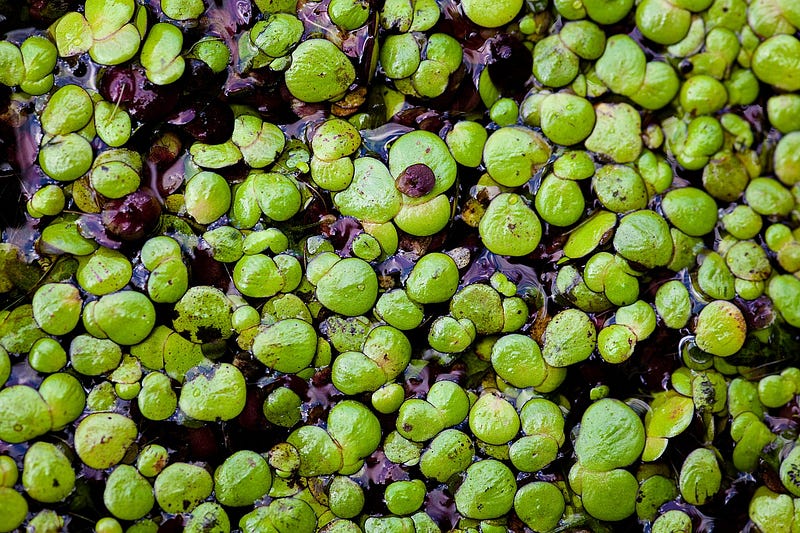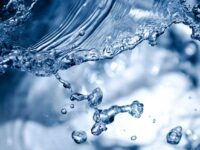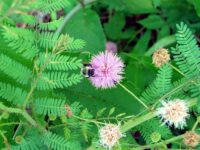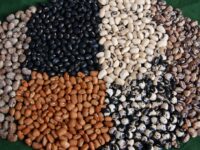
Duckweed is hailed as a miracle plant, claiming to be a panacea for sustainability issues. The name is appropriate — it is a weed-like plant eaten by ducks. Duckweed is the smallest known flowering plant and grows quickly in still water, often covering the surface.
Rutgers University’s Lam Lab proposes duckweed may act as carbon neutral biofuel, animal feed, and treat wastewater — helping solve a rising renewable resource crisis. Rutgers currently owns the largest collection of duckweed in the world, putting them at the forefront of the plant’s technological development.
Duckweed’s speedy reproduction makes the plant practical, particularly in price. In addition to ordering duckweed yourself for just $1 on eBay, “oil would have to cost only about $72 per barrel for larger duckweed refiners to be cost-competitive” as a biofuel source, according to the American Chemical Society. Oil prices last reached this threshold in 2018. The current oil price sits between $50 and $60.
Oil would have to cost only about $72 per barrel for larger duckweed refiners to be cost-competitive […] The current oil price sits between $50 and $60.
Other biofuels, such as corn and wheat, are more sustainable than oil. However, they still present issues. These sources take up to eight months to harvest and already double as human food sources. Duckweed eliminates these issues as a minimal-effort crop, reproducing asexually and being able to cover a pond in one day. It is also considered carbon neutral since it absorbs the same amount of CO2 while growing as it releases when its ethanol derivative is burned.
The plant also feeds on other pollutants such as nitrogen and phosphate, making it a promising water purifier. A University of Jordan study cited an average decrease of 40 percent in nitrate and 35 percent in phosphate in irrigation ponds, as well as decreases in many other minerals. This could help communities that cannot afford costly standard water treatment plants, as they require long-term business models and many resources.
It is also considered carbon neutral since it absorbs the same amount of CO2 while growing as it releases when the ethanol derivative is burned.
The University of Jordan study then used duckweed-treated water to research its effect as a food source on laying hens. Hens’ weight, egg weight, and production rate were not impacted when duckweed replaced 10 percent of soybean feed, showing hopeful results in use as sustainable feed. It is high in protein and has no indigestible material, while corn and soybeans have less protein and 50 percent indigestible material.
Duckweed’s versatile qualities make it very attractive for practical uses. As a staple in energy, waste management, and agriculture industries, duckweed is a plant for more than just ducks.
DOI: 10.12783/dtcse/mcsse2016/10943



